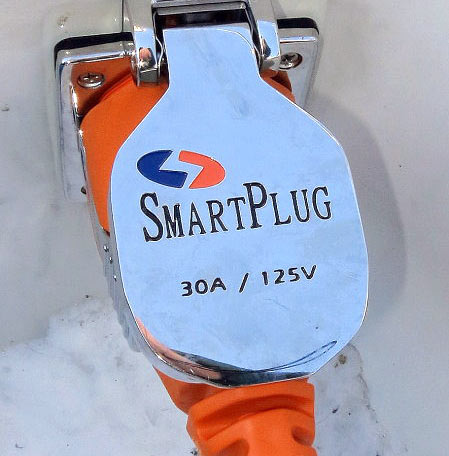Originally posted by roadnsky
View Post
As I wrote in Neil's thread, Shore power and the various related connections are another topic for needed attention and safety on our vessels.
Walking the docks at my marina (or any marina actually, I'm amazed how many times I see cables - from shore power to household electric cords - dangling in and thru the water from the shore power outlet to the boat.
Sometimes the entire length of the boat... in the water.
Another is how many times I see someone disconnecting the shore power connection without first turning off the breaker.
Sometimes, to my horror, I watch some actually then toss that HOT cable end onto the dock.
Finally, I was invited onto an old Columbia the other day by a guy who had recently bought her. While being shown around, I noticed his AC Circuit Breaker was hanging with the back of it wired "hot" with wire nuts.
He explained that the breaker kept tripping, so he wired "past" it.
Note here that he LIVES on this boat full time.
Yes, I warned him of the danger and admonished that he make repairing it the first priority.
I have others but I'll save them and use these few as a downpayment for a forum discussion.
I think a great goal would be to come up with a punch list of items/issues/solutions for onboard safety that some may not know.




 . This boat was Volador an E-35MKII I had for 34 years and an A-4!
. This boat was Volador an E-35MKII I had for 34 years and an A-4!


Comment